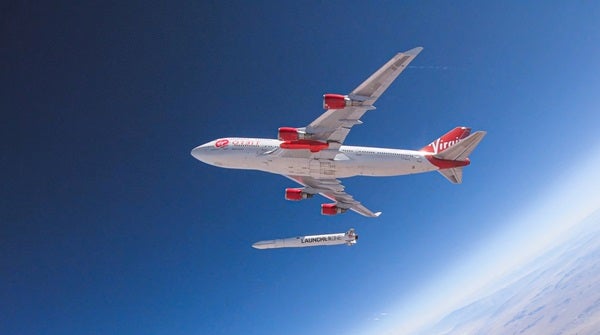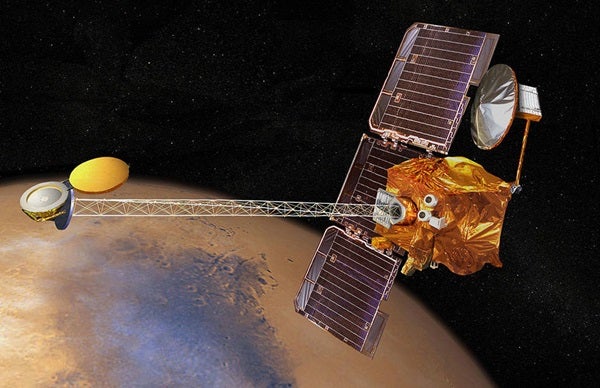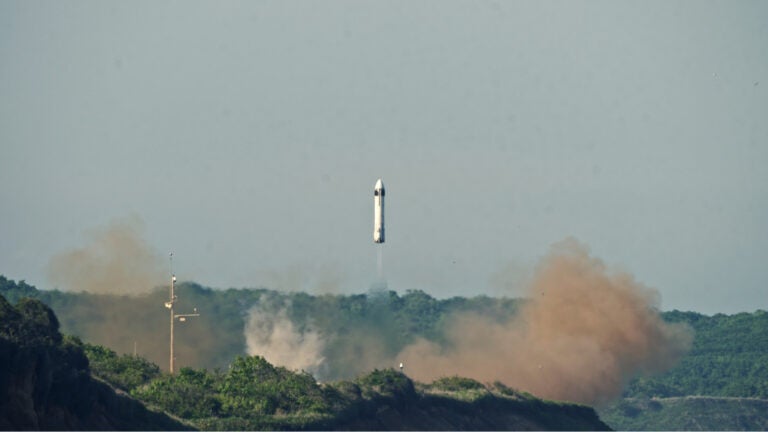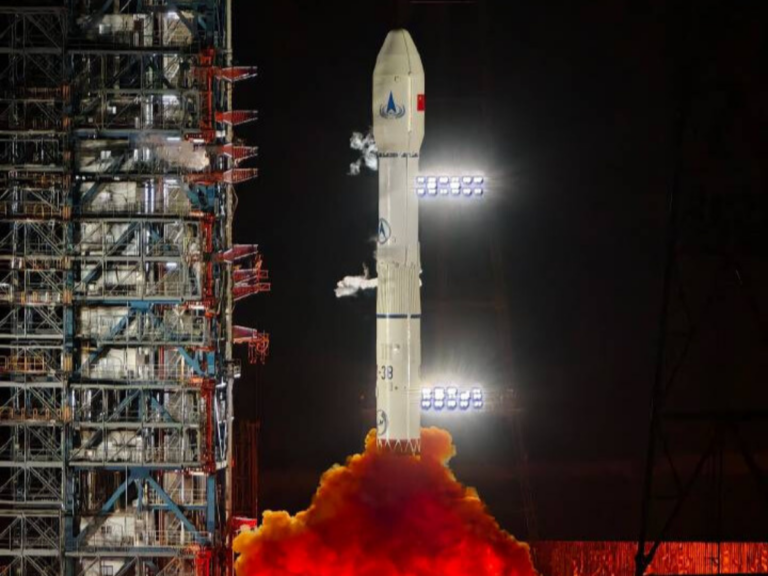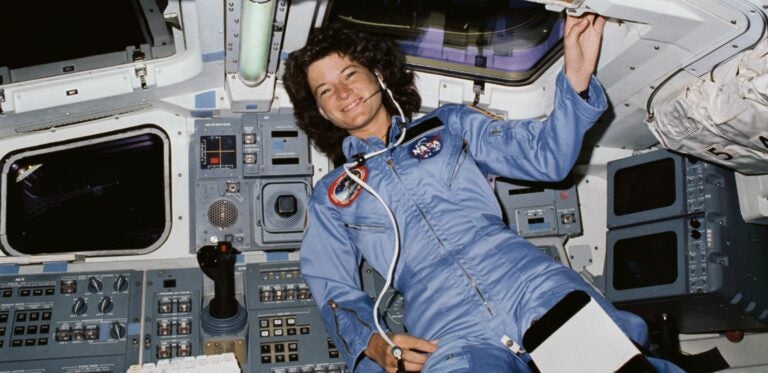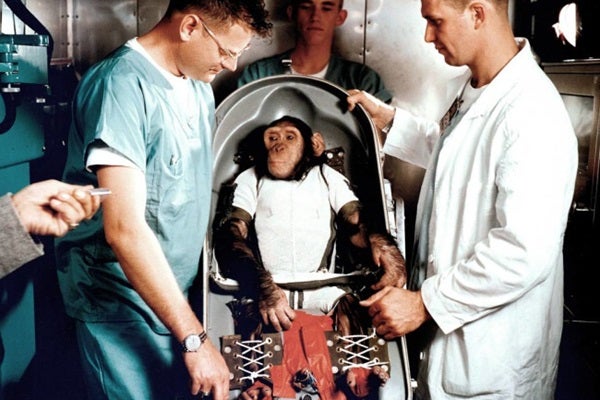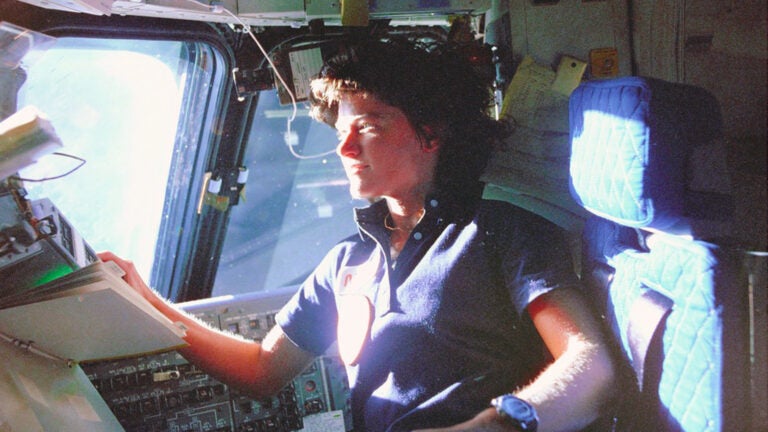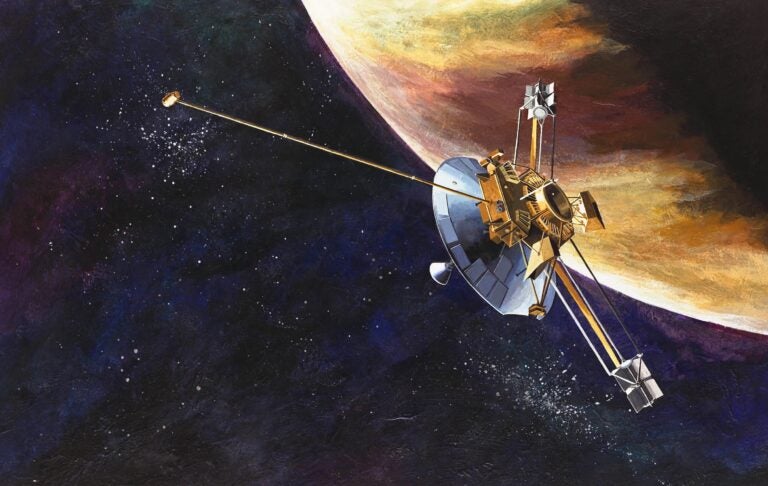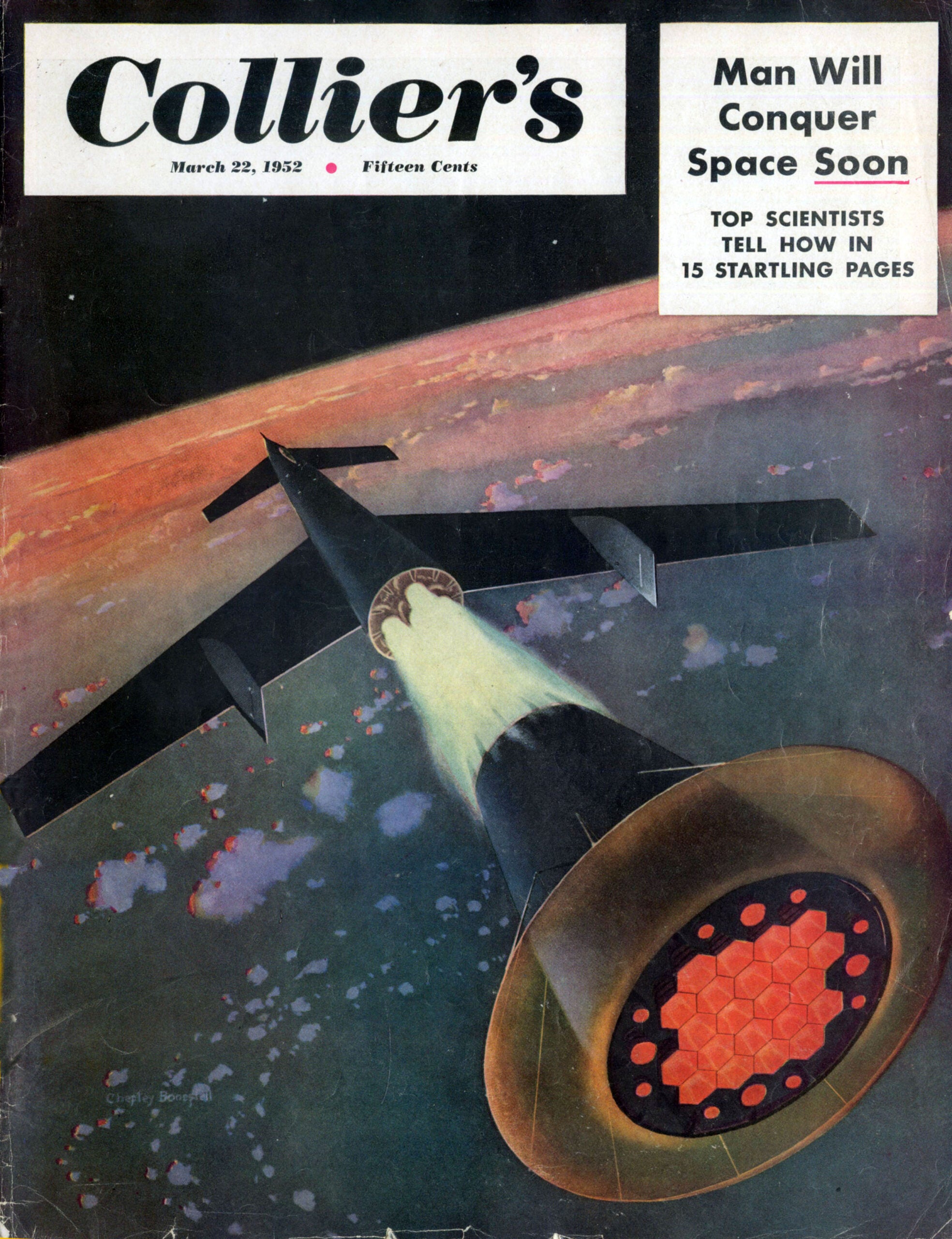The space race truly ignited with the 1957 Soviet launch of Sputnik, Earth’s first artificial satellite. And a little more than a decade later, the race peaked when the entire world witnessed live views of humans taking their first steps on the Moon.
Now, a second space race is just getting underway. But this time, the players aren’t military superpowers, they’re commercial companies. And the astronauts aren’t fighter pilots, but average joes — albeit with a lot of dough.
Spearheading this new space race are private commercial aerospace companies like Jeff Bezos’ Blue Origin, Richard Branson’s Virgin Orbit, and Elon Musk’s SpaceX, which are all building and testing their own reusable rockets and spacecraft. And while this budding commercial industry seemingly improves its track record with every passing day, national space programs across the globe continue to struggle developing and building their own cosmic vessels.
Case in point: This week, Virgin Orbit and SpaceX both pushed the envelope for their private spaceflight programs, while NASA and Boeing’s Space Launch System (SLS) faced yet another setback.
Virgin Orbit and Virgin Galactic
The Virgin Group’s two space ventures — Virgin Galactic (suborbital passenger flights) and Virgin Orbit (orbital satellite launches) — both had a big week of announcements and testing.
First, on Sunday, January 17, Virgin Orbit successfully sent 10 small satellites into orbit, utilizing its unique approach to the task. This mission saw LauncherOne, a heavily modified Boeing 747, fly up to an altitude of 35,000 feet (10,500 meters) before releasing a rocket mounted beneath the plane. The rocket then lit its own engines and blasted off to space, deploying the satellites into low Earth orbit.
On January 21, Virgin Galactic tested VMS Eve, the mothership for the company’s passenger spacecraft, SpaceShipTwo. VMS Eve was named after Richard Branson’s mother, who recently passed away due to complications from COVID-19.
VMS Eve took off from Virgin’s Spaceport in New Mexico, performing a test of the glide and approach-to-land phases that will be utilized when sending paying passengers to space. There is no official word of when Virgin Galactic will first send paying customers to space, but they aim to begin within the year.
SpaceX: Starlink and SN9
A day before, on January 20, the SpaceX team successfully launched their 17th Starlink mission, releasing another 60 satellites into orbit. The controversial Starlink project is determined to bring high-speed internet to the entire globe through a large constellation of satellites.
Over on the east coast of Texas, SpaceX has been getting their newest Starship prototype, SN9, ready for its flight test next week. Throughout the week, the teams performed a series of static fire tests on the rocket’s Raptor engines. During these tests, the engines ignited and ran for a few minutes, ensuring they’ll be capable of giving the rocket enough stable power to fly in the future.
Following six static fire tests, with the last completed on the morning of January 22, SpaceX aims to soon send SN9 about 8 miles (13 km) into the air before hopefully demonstrating its wild landing sequence, including Starship’s “bellyflop” maneuver, where the spacecraft skydives belly-down to slow itself before reorienting into the upright position for landing.
The last flight test, SN8, went off quite smoothly. But during touchdown, the prototype exploded and destroyed the rocket, something Musk predicted was very possible. SpaceX is known for sacrificing prototypes in the name of rapid progress. Many are hoping that SN9 will successfully land — though, there are undoubtedly some that have grown accustom to SpaceX’s well documented explosions.
SpaceX also plans to launch Transporter-1, the company’s first dedicated SmallSat Rideshare Program mission, this Saturday. The mission will send 133 governmental and private spacecraft, including an additional 10 Starlink satellites into orbit. At the time of writing, the weather conditions are about 60 percent favorable and the launch window opens at 9:40 a.m. EST. Those interested can stream it live below, courtesy of SpaceX.
Space Launch System cuts it short
NASA and Boeing’s SLS has been expected to be the crown jewel of the Artemis program — planned to launch the Orion capsule, packed full of eager astronauts, to the Moon for the first time in more than 50 years. But while the dreams for Artemis are inspiring, the test results for SLS so far have been disheartening.
The most recent stumble for SLS occurred on January 16, when NASA performed a static test fire of the rocket’s four RS-25 engines, which shut down little more than a minute after they ignited. The test was designed to run for up to eight minutes, about the same amount of time it takes to rocket into space. NASA said that they could have collected useful data had the test run even a few minutes longer, but the early shutdown will likely result in some delay.
The test was supposed to be the last step in what NASA calls the Green Run series, eight tests meant to ensure the rocket would be capable of launching crews safely into space. The teams at NASA and Boeing are looking into why the engines shut down so early, but at this point, they’re still analyzing what went wrong.
The year 2021 is still young, however, and it’s sure to have many more surprises in store. Let’s just hope that one of them is that private and public spaceflight companies both soon start sending astronauts to orbit and beyond, truly igniting the next great space race.

